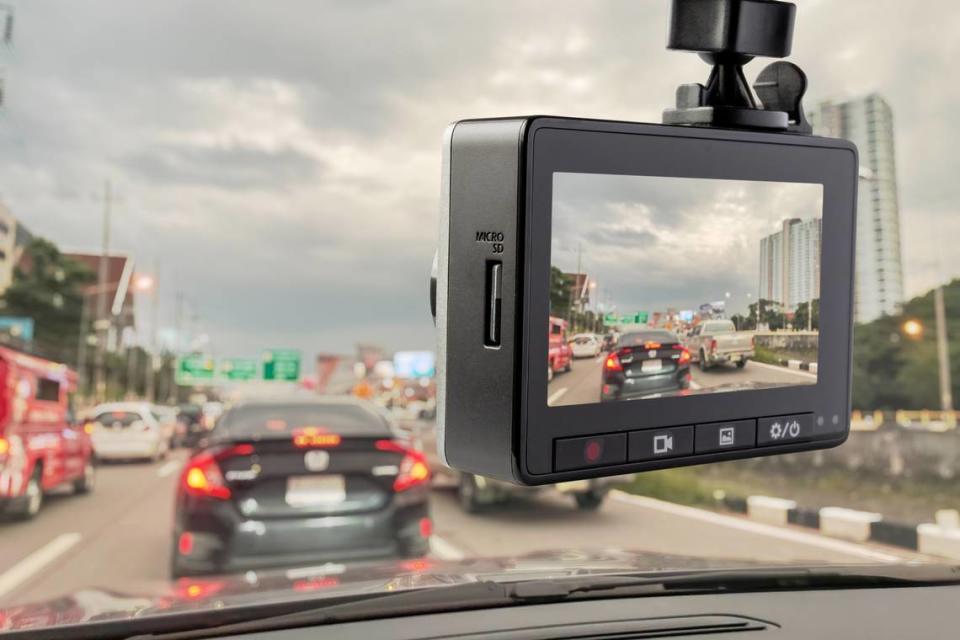California driving laws: Red lights, merging, car tags and more. Here are the rules
We’ve tackled some key questions you may be asking about California driving laws and guidelines.
This article covers topics such as running red lights, handling aggressive drivers and merging safely on highways.
One of our most-read stories is on understanding the penalties of driving with expired car registration.
Here’s a recap of our coverage to help you navigate various aspects of driving in California:
Is it OK to drive with expired car registration tags?
Wondering about the consequences of driving with expired car registration in California?
The California Department of Motor Vehicles does not offer a grace period for paying annual vehicle registration fees.
We outline the full penalties and recent changes in this guide that focuses on what you need to know if you let your car registration lapse.
Could mobile driver’s licenses become permanent?
Did you know that California’s Department of Motor Vehicles has been running a pilot program for mobile driver’s licenses, or mDLs, since September?
These digital versions of licenses can be stored on smartphones and used for identification at select locations, including airports and certain retailers.
While the mDL is not yet accepted everywhere, the DMV aims to expand its acceptance and explore other potential use cases.
Legislative action will be required to make the mDL permanent, but the DMV anticipates widespread adoption in the future. Read more here.
Can you legally run a red light in California?
When drivers approach a red light, they must make a complete stop until the signal is green. But what if the light is taking longer than usual to turn?
Running a red light in California can result in a base fine of $100; additional fees can push a ticket up to nearly $500.
But there are legal ways to trigger the light cycle, and if a light is simply not cycling properly, authorities urge motorists to contact the police.
“A slow-cycling light does not give a motorist the right to run a red light,” Modesto Police Department spokeswoman Sharon Bear told The Modesto Bee.
Sacramento Police Department Officer Cody Tapley said you could be cited for California Vehicle Code 21453 for running the light.
Even if the stoplight is taking longer than usual to turn green, Tapley said, you are not authorized to proceed into the intersection.
“The only exemption for running a red light is when directed by a law enforcement officer or authorized traffic director,” Tapley wrote in an email to The Sacramento Bee.
What California laws says about brake checking
Are you familiar with the concept of “brake checking” while driving? How about tailgating? California does have laws — and advice for drivers — concerning both behaviors.
California vehicle code addresses these issues. Dive into the details in this story.
Our California service journalism team’s series How To California also tackled these questions, including suggestions from experts on how to respond if you find yourself in this situation.
Is it legal to merge two lanes at once on CA highways?
Merging can be a simple or difficult task, depending on the traffic. And there are a variety of rules of the road when it comes to merging.
Did you know that the driver of any vehicle about to enter a highway has to yield the right-of-way to all traffic? That’s right — all traffic.
Get a rundown of guidelines on merging on California highways based on information from the California Highway Patrol.
More California driving laws and rules
→ California’s car window tint laws: What you need to know
→ How does law enforcement know if you’re too high to drive?
→ Dash cams allowed in California as long as they meet state law
Stories reported and written by service journalism reporter Angela Rodriguez.
• • •
This story was produced with the help of AI tools, which summarized previous stories reported and written by McClatchy journalists. This content was edited by journalists in the newsroom. Read more on our AI policy here.


